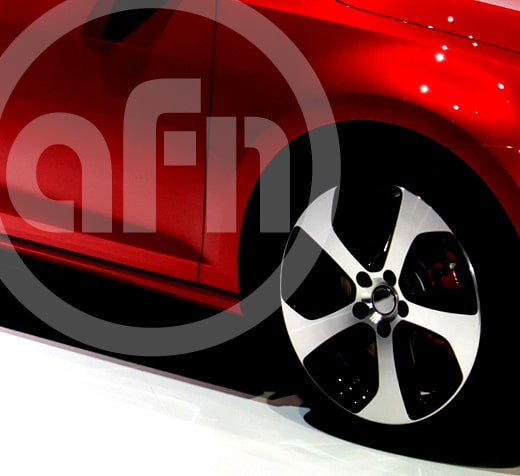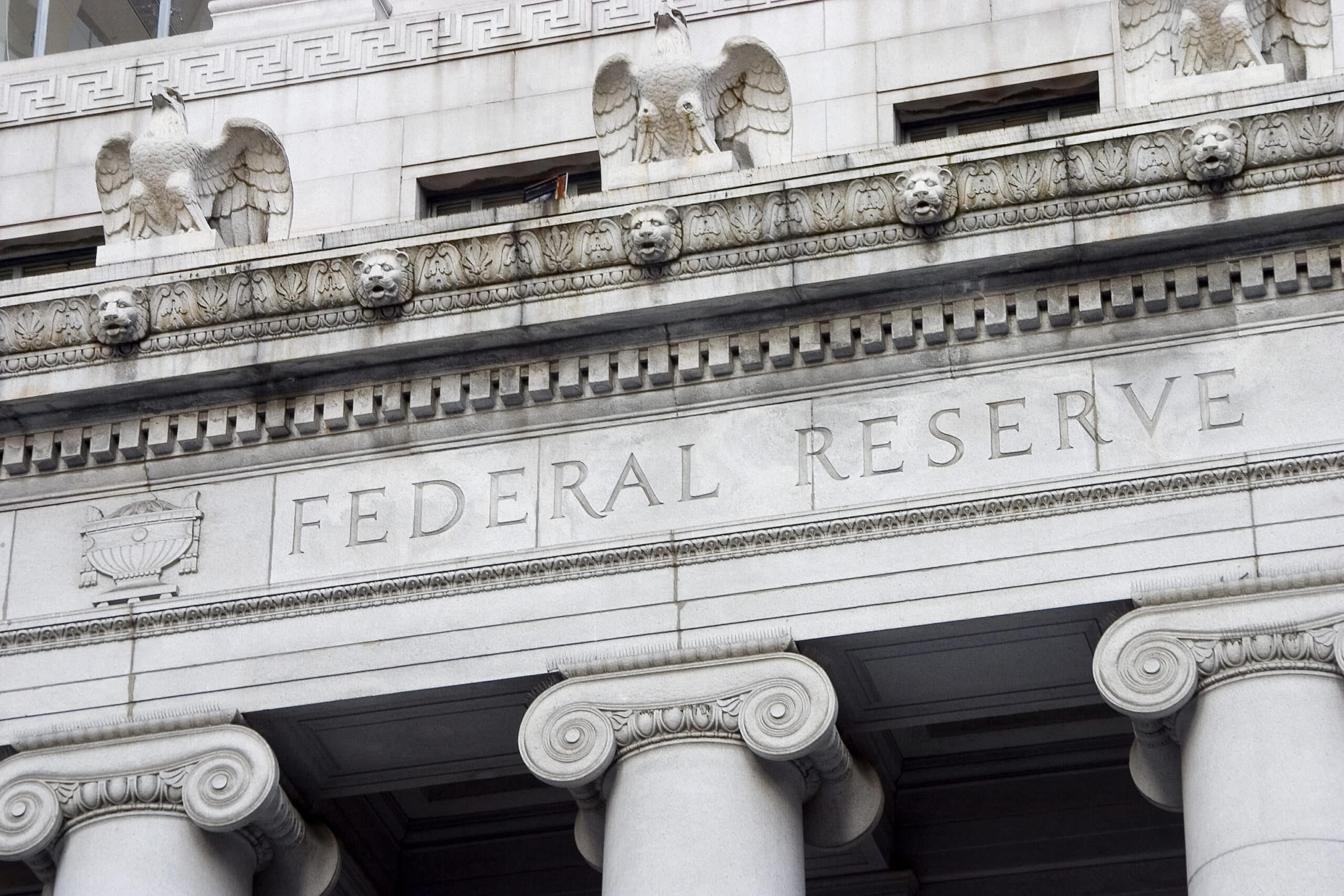Riders on the Storm
Audi announced this week that 2008 was the marque’s best ever year in sales and profit. For the first time in Audi’s 110-year history, the linked rings sold over 1 million cars in a single year, and recorded a €3.2 billion pre-tax profit. Last month at NADA, Tom Doll of Subaru announced that the starred brand had recorded an 8% growth in sales in January – a fantastic number considering the circumstances. Subaru also posted a gain for 2008 as a whole. Hyundai’s January numbers were up by double digits.
So what’s going on here? How are these companies beating the odds?
In the case of Audi, one might say that the trumpet is being sounded a bit late. Yes, Audi’s sales were up for ’08 worldwide and the make did post record profits and production numbers. But sales were down in the U.S. and will probably be considerably lower for ’09 worldwide as the market for premium cars contracts at a faster rate than for regular cars. Mercedes/Daimler held even in ’08 as well, but both marques rode the crest of new models to this success.
Audi launched a new A4, the sleek A5 coupe, and the attention-grabbing R8 supercar in mid-2007, with customer deliveries really coming on steam in early 2008. Mercedes had a new C-class and parent Daimler also launched the Smart car in America. New cars always generate more interest than their outgoing predecessors, and the A4 is Audi’s volume leader, while the A5 and R8 represented entirely new business and have high margins. These cars all got people into the dealerships effectively and helped move iron as new cars and halo cars always do. But that was last year.
The problem for Audi and Mercedes now is selling expensive cars to people who are looking to save money and don’t feel confident spending on luxury goods. Mercedes will have a new E-class this year but Audi has only the new and ultra-expensive A8 on deck, and the U.S. launch of the Q5 crossover. 2009 will be a much harder year for these two makes.
Of the four basic models Subaru sells, two were entirely new in 2008 – the Impreza and the Forester. Both are big sellers for Subaru and are critical to the company’s success. Deliveries of the redesigned Impreza began in 2007 and the Forester in early ’08. Subaru rode the wave of interest in these new vehicles to become the only manufacturer with a meaningful U.S. sales increase for 2008. But riding the interest in their new vehicles is only part of the story for Subaru.
The brand has long been synonymous with value (remember “Inexpensive, and built to stay that way”?), and despite its relatively small range competes with a wide range of other makes and models. Low-end Imprezas are cross-shopped with Civics and Scions, while high-end Legacies are cross-shopped, sometimes, with the Infiniti G37 and Lexus ES. Subaru, through good marketing and producing solid product that the dealers believe in, has expertly crafted an image of providing Volvo-like vehicles for Toyota-like money.

Subaru has another, slightly smaller wave to ride this year – a redesigned Legacy will hit the dealers in a couple of months. Subaru is in the right position for the times, with a good lineup and reputation offering semi-luxurious things that fit with what people were interested in before the downturn at prices that seem friendly during the downturn.
New models are great, and they’ve clearly helped Subaru and Audi. But there’s little a dealer or a financier can do to influence new models quickly and find relief.
Hyundai Motor Finance’s idea of presenting the customer with the option of returning their new car should the customer lose their income is probably the best automotive marketing idea of the last six months. Low consumer confidence is eating sales, and people are reluctant to take on a big ticket item like a new car if they’re worried about their jobs. Hyundai can’t fix the economy, but it can alleviate the customer’s worries.
As Subaru is presenting the “value” argument, Hyundai is presenting the “safe” argument. If you’re worried about the economy, and honestly who isn’t, Hyundai is offering a kind of insurance against getting stuck with a big debt at a very bad time. This artificial confidence booster helped Hyundai into double-digit YOY sales growth in January, and sales held even for February despite even gloomier economic news.
Although Hyundai has at least one exciting new car in its line, the Genesis, and two more new models for 2009 (Genesis Coupe & Elantra Touring), Hyundai’s relatively good fortune is not coming from massive sales of the Genesis (it’s Hyundai’s 6th strongest seller). They’re coming from customers who want, and are finding, reassurance.
The thinking that’s worked for Hyundai – providing the consumer with the assurance that they are not going to get into financial trouble from their purchase should bad things happen – is what the industry needs to embrace. In the absence of regular consumer confidence, the industry needs to create confidence in the mind of any potential buyer by other means.
For dealers and lenders who don’t share the advantage of Hyundai’s program, a brand like Subaru, or exciting new models, creative thinking in this area might produce service guarantees beyond those offered by the manufacturer, similar unemployment protection ideas built into loans, and no-pressure sales tactics.
At least one other major manufacturer is considering adopting Hyundai’s idea, and you can bank on the idea that they are all looking at Hyundai’s results. We can all learn from their experience.

















I am surprised that no one has referenced the FACT act Risk-based prcing rules that went into effect on January 1, 2011. Are there no consumer credit people aware of it? While it does require the lender to prove the general risk economics of the pricing (my contention is that it abuses the high risk customers far more than is necessary). It does require the lenders (or auto dealers as a proxy for the lenders) to tell people that they are in a higher risk tier. It does require the lender to develop some basis for placing the customer into a high-risk pool. So there is data collection going on that could allow transparency if the lender wanted to provide it. Perhaps readers could comment on why they would not want to provide it?